White flour, often dismissed as a basic pantry staple, holds remarkable potential to transform humble ingredients into culinary masterpieces. Derived from wheat grains stripped of their bran and germ, all-purpose flour boasts a neutral flavor profile and unparalleled versatility. Its ability to absorb liquids, trap gases, and create tender or chewy textures makes it indispensable in kitchens worldwide. This article explores innovative techniques and recipes to elevate white flour from a mundane ingredient to a star player in your cooking repertoire, ensuring every dish bursts with flavor and texture.
Understanding White Flour’s Culinary Superpowers
Before diving into recipes, it’s crucial to grasp why white flour behaves the way it does. Composed primarily of starch and gluten-forming proteins (gliadin and glutenin), white flour develops elasticity when mixed with water. This gluten network traps carbon dioxide produced by yeast or baking powder, creating the rise in bread, cakes, and pastries. The starch granules, meanwhile, gelatinize during cooking, contributing to softness in baked goods or a silky texture in sauces.
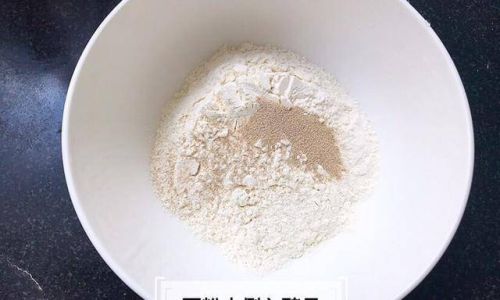
Key Takeaways for Flour Success:
- Protein Content Matters: All-purpose flour typically contains 10-12% protein. Higher protein flours (like bread flour) yield chewier textures, while lower protein (cake flour) creates tender crumbs.
- Sifting vs. Not Sifting: Sifting aerates flour, preventing lumpiness in batters. For rustic breads, unsifted flour retains structure.
- Hydration Balance: The ratio of liquid to flour determines final texture—sticky doughs yield airy breads, while stiff doughs produce crisp cookies.
Baking Bread: From Artisan Loaves to Quick Rolls
Bread-making is the ultimate test of flour mastery. Whether crafting a sourdough boule or dinner rolls, understanding fermentation and shaping techniques unlocks exceptional results.
Classic Sandwich Bread
Ingredients:
- 4 cups all-purpose flour
- 2¼ tsp active dry yeast
- 1 tbsp sugar
- 1 tsp salt
- 1½ cups warm water
- 2 tbsp olive oil
Method:
- Activate yeast in warm water with sugar. Let froth for 10 minutes.
- Combine flour and salt. Create a well, pour in yeast mixture and oil.
- Knead 8-10 minutes until smooth. Rise in an oiled bowl for 1 hour.
- Punch down, shape into a loaf, and let rise again in a greased pan.
- Bake at 375°F (190°C) for 30-35 minutes until golden.
Flavor Boosters: Add 2 tbsp honey, 1 tbsp rosemary, or ½ cup grated cheddar to the dough.
No-Knead Artisan Bread
Ingredients:
- 3 cups flour
- 1½ tsp salt
- ¼ tsp instant yeast
- 1½ cups cool water
Method:
- Mix ingredients in a bowl. Cover and rest 12-18 hours.
- Fold dough gently, shape into a ball, and rest 2 hours on parchment.
- Bake in a preheated Dutch oven at 450°F (230°C) for 30 minutes covered, then 15 minutes uncovered.
Secret to Crispy Crust: Spritz the oven with water before baking for steam.
Pancakes and Waffles: Fluffy Breakfast Delights
White flour’s light texture shines in breakfast classics. Master the batter consistency for cloud-like pancakes or crisp waffles.
Fluffy Pancake Formula
Ingredients:
- 1½ cups flour
- 3½ tsp baking powder
- 1 tbsp sugar
- ½ tsp salt
- 1¼ cups milk
- 1 egg
- 3 tbsp melted butter
Method:
- Whisk dry ingredients. Create a well, add wet ingredients.
- Stir until just combined (lumps are okay!).
- Cook on a greased griddle over medium heat until bubbles form.
Variations: Fold in blueberries, chocolate chips, or mashed banana. For savory pancakes, add corn kernels and diced jalapeños.
Waffle Wisdom: Separate eggs, whip whites to stiff peaks, and fold into batter for extra crispness.
Pasta Perfection: Handmade Noodles from Scratch
Homemade pasta elevates any sauce. White flour’s gluten ensures noodles hold their shape during cooking.
Basic Pasta Dough
Ingredients:
- 2 cups “00” flour (or all-purpose flour)
- 2 large eggs
- 1 tbsp olive oil
- 1 tbsp water (if needed)
Method:
- Mound flour on a work surface. Create a well, crack eggs into the center.
- Gradually incorporate flour with a fork, then knead 8-10 minutes.
- Wrap in plastic and rest 30 minutes.
- Roll thin with a pasta machine or rolling pin. Cut into desired shapes.
Flavor Twists: Add 1 tsp turmeric for golden noodles or 2 tbsp spinach puree for green pasta.
Savory Pies and Quiches: Flaky Crusts That Wow
A tender, buttery crust is the foundation of memorable pies. White flour’s low protein content ensures delicate layers.
All-Butter Pie Crust
Ingredients:
- 1¼ cups flour
- ½ tsp salt
- 1 tbsp sugar
- ½ cup cold unsalted butter, cubed
- ¼ cup ice water
Method:
- Pulse dry ingredients and butter in a food processor until pea-sized.
- Drizzle ice water while pulsing. Form a disk, wrap, and chill 1 hour.
- Roll on a floured surface. Fit into a pie dish.
Blind Baking Tip: Prick the crust with a fork, line with parchment, and fill with pie weights before baking.
Quiche Lorraine Filling:
Whisk 4 eggs, 1½ cups heavy cream, 6 oz grated Gruyère, ½ lb cooked bacon, and 1 tbsp chives. Pour into crust and bake at 375°F (190°C) for 40-45 minutes.
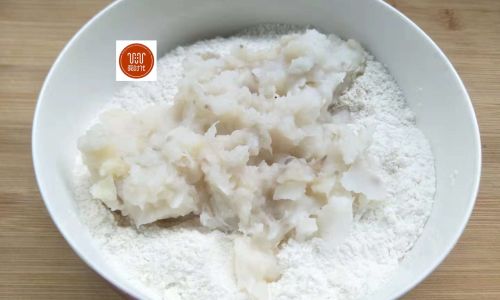
Cakes and Cookies: Sweet Treats with Depth
White flour’s neutrality allows other flavors to shine. Master these recipes for birthday cakes or holiday cookies.
Vanilla Layer Cake
Ingredients:
- 2¼ cups flour
- 1 tbsp baking powder
- ½ tsp salt
- 1½ cups sugar
- ½ cup unsalted butter, softened
- 2 tsp vanilla extract
- 1 cup milk
- 3 large eggs
Method:
- Preheat oven to 350°F (175°C). Grease two 8-inch pans.
- Cream butter and sugar. Add eggs one at a time.
- Alternate adding dry ingredients and milk.
- Divide batter, bake 25-30 minutes. Cool completely before frosting.
Frosting Hack: Use a 1:1 ratio of butter to powdered sugar for silky Swiss meringue buttercream.
Chewy Chocolate Chip Cookies
Ingredients:
- 2¼ cups flour
- 1 tsp baking soda
- 1 tsp salt
- 1 cup unsalted butter, melted
- ¾ cup brown sugar
- ½ cup white sugar
- 2 large eggs
- 2 tsp vanilla
- 2 cups chocolate chips
Method:
- Whisk dry ingredients. Beat butter and sugars until fluffy.
- Mix in eggs and vanilla. Fold in dry ingredients and chocolate chips.
- Chill dough 1 hour. Bake at 375°F (190°C) for 8-10 minutes.
Secret to Chewiness: Underbake slightly and use bread flour for extra gluten.
Dumplings and Pierogies: Comfort Food Mastery
White flour’s malleability makes it ideal for stuffed doughs. From Chinese potstickers to Polish pierogies, these recipes deliver satisfaction.
Potsticker Dough
Ingredients:
- 2 cups flour
- ½ cup boiling water
- ¼ cup cold water
Method:
- Gradually add boiling water to flour, stirring with chopsticks.
- Knead in cold water until smooth. Rest 30 minutes.
- Roll into thin circles, fill, and pan-fry.
Filling Idea: Mix ground pork, shredded cabbage, ginger, garlic, and soy sauce.
Pierogi Dough
Ingredients:
- 2 cups flour
- 1 large egg
- ½ cup warm water
- 1 tsp salt
Method:
- Mix ingredients. Knead 5 minutes. Rest 1 hour.
- Roll, cut into circles, fill with mashed potatoes or cheese, and boil.
Sauce Pairing: Sauté pierogies in butter with caramelized onions.
Healthier Twists: Lightening Up White Flour Favorites
While white flour lacks fiber, these tricks add nutrition without sacrificing taste.
Whole Wheat Blend: Replace 25% of white flour with whole wheat flour in breads and muffins.
Oat Flour Substitution: Grind oats into flour and swap 30% of white flour in pancakes.
Vegetable Boosters: Add grated zucchini or carrots to muffin batters for moisture and nutrients.
Lower-Sugar Brownies:
Reduce sugar by ¼ cup and add ½ cup black beans (pureed) to the batter. The result: Fudgy texture with hidden protein.
Troubleshooting Common Flour Faux Pas
Even seasoned cooks face flour-related mishaps. Here’s how to fix them:
- Tough Bread: Overkneading develops excess gluten. Knead until smooth, not elastic.
- Dense Cakes: Expired baking powder loses leavening power. Test by dropping a spoonful into hot water—it should fizz.
- Soggy Pie Crust: Blind bake until golden. Use a glass dish to monitor browning.
- Dry Cookies: Undermeasure flour. Spoon into cups and level with a knife.
Conclusion: The Flour-Forward Future
White flour’s reputation as a blank slate is its greatest strength. By mastering techniques like fermentation, layering, and flavor pairing, you can turn simple doughs into showstopping dishes. Experiment with herbs, spices, and fillings to create signature recipes. Remember, the best dishes often emerge from humble beginnings—and a bag of white flour is where culinary magic begins.
Whether you’re kneading sourdough, flipping pancakes, or rolling pasta, let white flour be your canvas. With practice, every meal becomes an opportunity to celebrate this timeless ingredient’s endless possibilities.
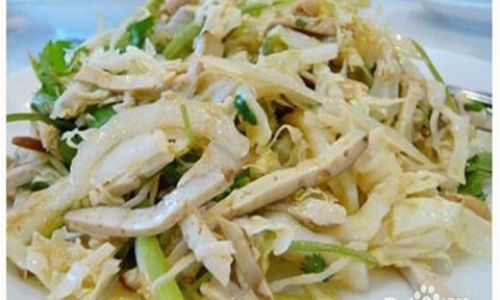
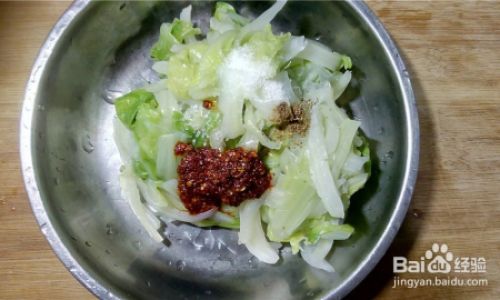
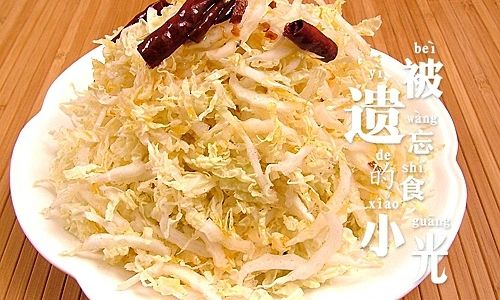
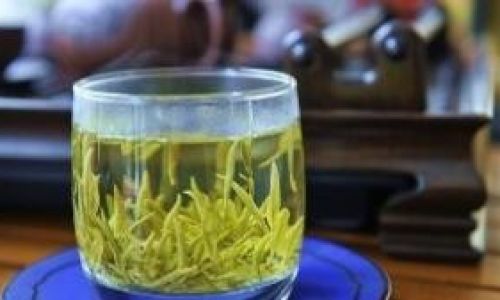

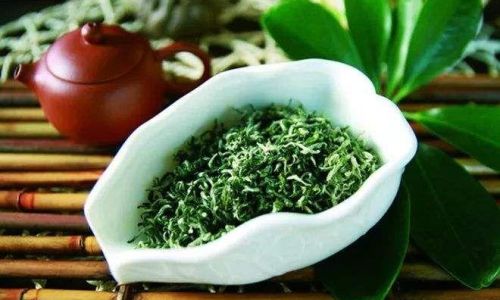
0 comments